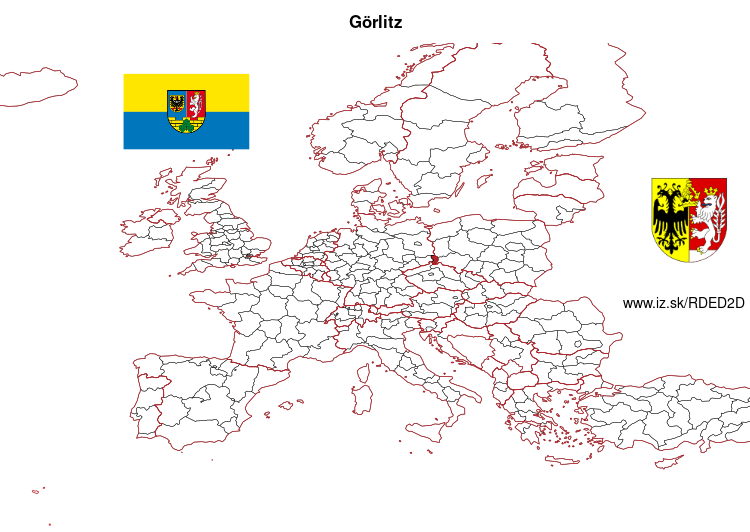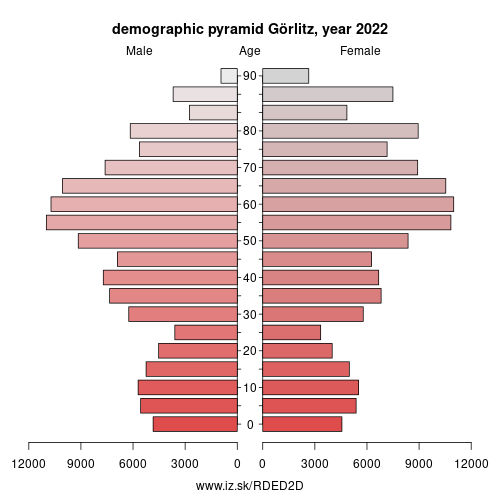- About us»
- Net income calculator»
- Population aging»
-
- Least developed regions»
-
- Average wage
- Material need benefits
- Meal allowance
- Counties of Slovakia
- Inflation
- Living and Subsistence Minimum
- Unemployment of Czechia and Slovakia
- NACE Classification
-
- Life expectancy
- Gender differences
- Youth unemployment and NEET
- Minimum wage in EU
- Unemployment rates of different age groups
- Share of salaries on GDP
- Unemployment rate
- NEET
- Long term unemployment
- Percentage of employees ususally working at nights
- Employment rate
-
- Bratislava and surroundings
- Kopanice
- Danube river
- lower Vah river
- middle Vár river
- upper Nitra river
- lower Nitra river
- Mining cities
- Kysuce a Orava
- upper Vah river - Liptov
- Spiš cities
- upper Hron river
- Juhoslovenská kotlina
- Košice fold and Torysa river
- upper Zemplín
- lower Zemplín
- EU regions
- NUTS3 regions of Slovakia
- LAU1 dataset
-
- Projects and activities
- Inclusive growth»
- Good work
- Project SKRS
- Social system – reality and vision
- Library
-
- Education of unemployed
- Young unemployed not taking part in education
- Proposal to change the system of education funding
- News»
- Contact
Görlitz – DED2D
EU regions: Germany > Saxony > Dresden Directorate District > Görlitz

| Indicator | Period | Value |
|---|---|---|
| Gross domestic product | ||
| GDP per capita in PPS of EU average | 2022 | 87 |
More on wikipedia wikidata Q4077 on OpenStreetMap Görlitz slovensky: DED2D
Demographics
| Indicator | Period | Value |
|---|---|---|
| Demographics | ||
| number of inhabitants | 2024 | 245 867 |
| population density | 2023 | 119.7 |
| old-age dependency ratio | 2024 | 55.6 |

Görlitz ([ˈɡœʁlɪts] (listen); Upper Lusatian dialect: Gerlz, Gerltz, and Gerltsch, Polish: Zgorzelec, Upper Sorbian: Zhorjelc, Lower Sorbian: Zgórjelc, Czech: Zhořelec) is a town in the German federal state of Saxony. Located in the region of Lusatia on the Lusatian Neisse River, it is the second largest town of Lusatia after Cottbus, and the largest in Upper Lusatia. Seat of the district of Görlitz, Germany's easternmost district, its approximately 56,000 inhabitants also make Görlitz the sixth largest town of the Free State of Saxony. It lies opposite the Polish town of Zgorzelec, which was part of Görlitz until 1945. While not Lusatiophone itself, the town lies just east of the Sorbian-speaking parts of Lusatia.
From 1815 until 1918, Görlitz belonged to the Province of Silesia in the Kingdom of Prussia, and later to the Province of Lower Silesia in the Free State of Prussia. It is the largest town of the former Province of Lower Silesia that lies west of the Oder-Neisse line and hence remains in Germany today. Thus it is both the most Silesian town, in terms of character, and the largest in Germany today. The town combines Lusatian and Silesian traditions as well as German and Sorbian culture. Görlitz has a rich architectural heritage.
Other: Dresden Directorate District, Meissen District, Sächsische Schweiz-Osterzgebirge, Dresden, Bautzen District, Görlitz
Neighbours: Zielonogórski, Ústí nad Labem Region, Spree-Neiße District, Jeleniogórski, Bautzen District, Liberec Region
Suggested citation: Michal Páleník: Europe and its regions in numbers - Görlitz – DED2D, IZ Bratislava, retrieved from: https://www.iz.sk/PDED2D, ISBN: 978-80-970204-9-1, DOI:10.5281/zenodo.10200164

 Share
Share Facebook
Facebook Twitter
Twitter News
News